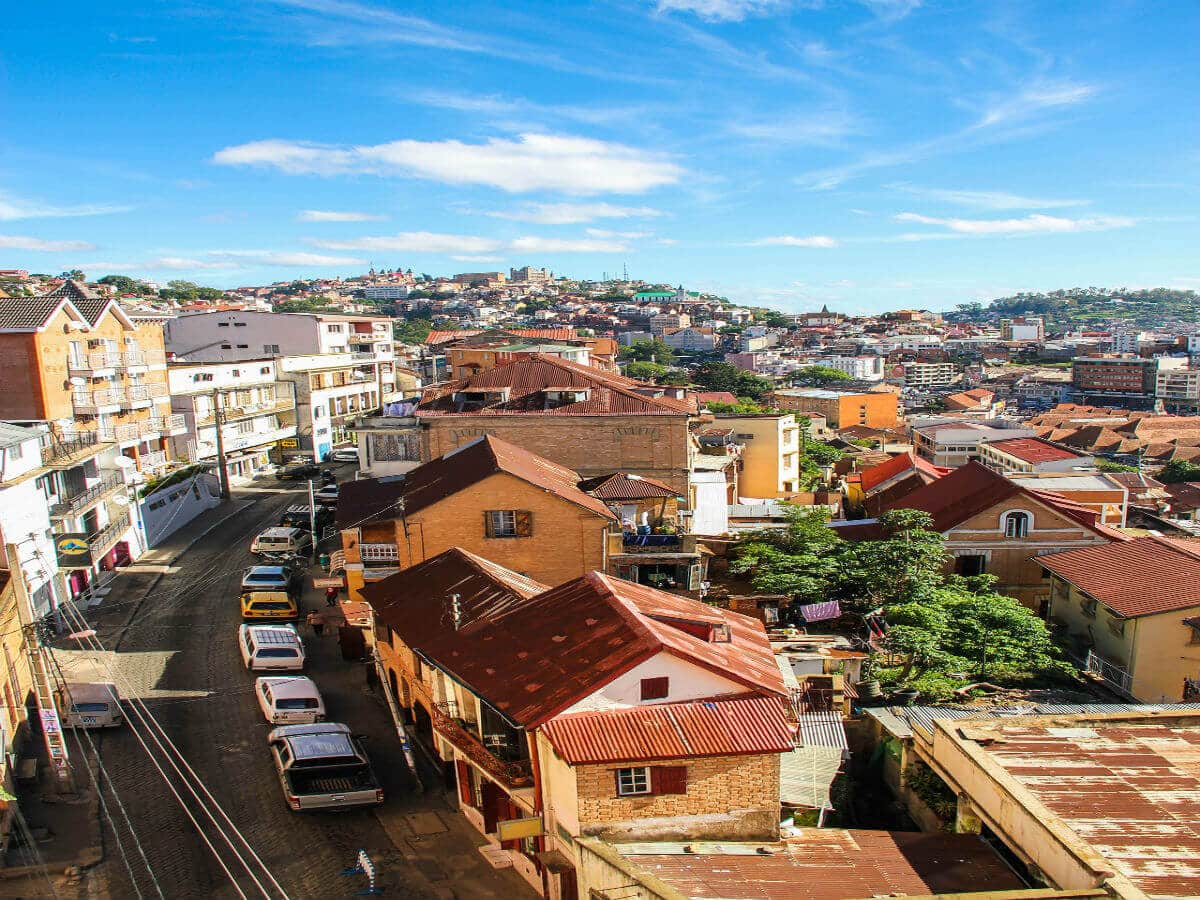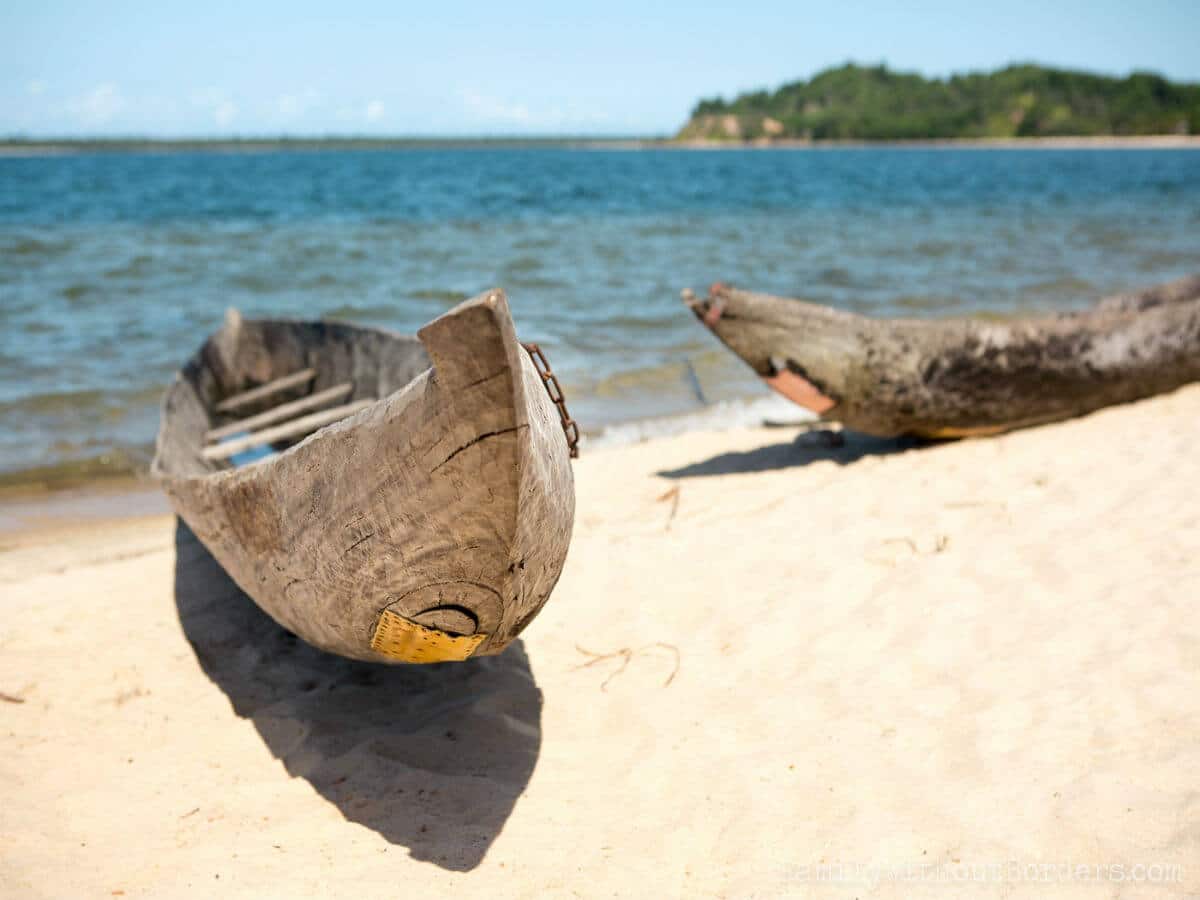Tour Packages
Madagascar Tour Packages
SUPER DEAL PRICE
STARTS FROM
per person on twin sharing
ATMs are not easily found everywhere.
Credit cards are not widely accepted.
Finding a bank in Madagascar can be challenging.
The legal drinking age in Madagascar is 18.
Malagasy people are often noted for their hospitality.
The cheapest time to fly from India is December.
Madagascar - Visitors Statistics

Annually
3,80,000
Male51%
Female49%
By Purpose
Couples
For Newlywed Vacations
Family
For Family Vacations
Top Visitors from India
Mumbai
Delhi
Bengaluru
Chennai
Kolkata
Hyderabad
Pune
Ahmedabad
Jaipur
Kochi
Everything You Need to Know About Madagascar
Who wouldn’t want to go on a holiday surrounded by breathtakingly beautiful landscapes and exotic flora and fauna? That’s exactly what you get when you book a holiday using our exciting Madagascar tour packages.
Known as the fourth largest island in the world, Madagascar’s beauty is truly unparalleled, as evidenced by its serene beaches, rainforests, and national parks. Here’s a deeper insight into this alluring island country’s cuisine, traditions, customs, and history.
View All Madagascar Packages
Travel Tips

Visa Information
Check visa requirements before traveling, ensuring a smooth entry and compliance with destination regulations.

Health and Safety Tips
Prioritize health, stay hydrated, follow safety guidelines, and maintain personal hygiene for a secure journey.

Currency and Tipping
Familiarize with local currency, consider customary tipping practices for respectful and seamless travel experiences.
FAQs:
Book Your Dream Vacay Today!














